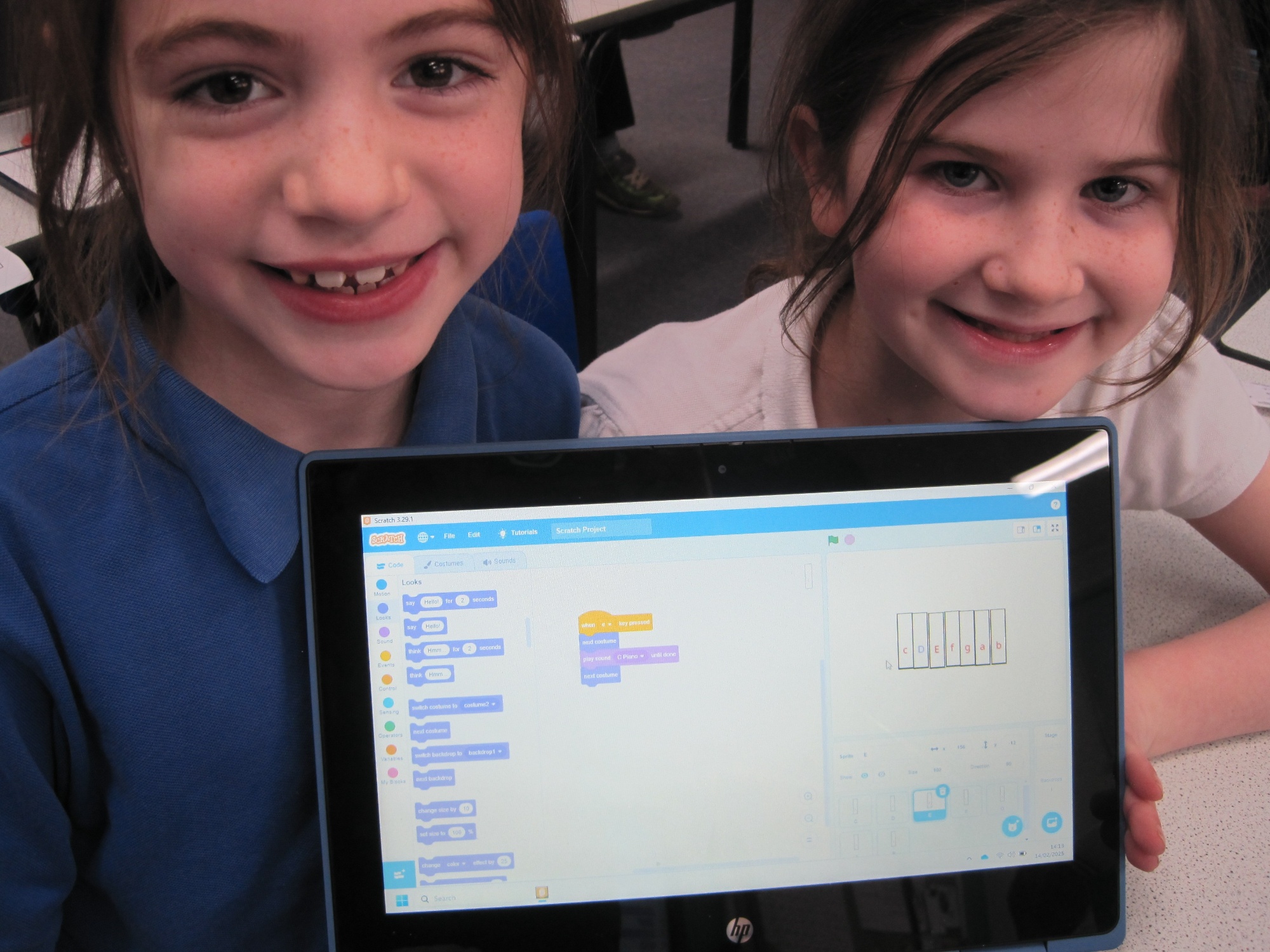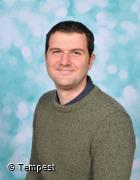Computing

Meet the Computing Lead
 I’m Mr Callard, and I have had the privilege of leading computing at our school for the past three years. Before becoming a teacher, I worked as a digital assistant editor. My experience in the digital world has given me a real passion for digital literacy, and I am committed to equipping children with the skills they need to navigate and thrive in an increasingly digital world. Since becoming Computing Lead, I have trained in crumble and micro:bit hardware. Through our computing curriculum, I aim to empower children with the knowledge and confidence to use technology responsibly, creatively, and effectively, preparing them for the future.
I’m Mr Callard, and I have had the privilege of leading computing at our school for the past three years. Before becoming a teacher, I worked as a digital assistant editor. My experience in the digital world has given me a real passion for digital literacy, and I am committed to equipping children with the skills they need to navigate and thrive in an increasingly digital world. Since becoming Computing Lead, I have trained in crumble and micro:bit hardware. Through our computing curriculum, I aim to empower children with the knowledge and confidence to use technology responsibly, creatively, and effectively, preparing them for the future.
Our Vision for Computing
Our computing curriculum is underpinned by our school Christian Vision, including our three key drivers: Everyone is different, which teaches children to celebrate diversity and understand how technology connects people from all backgrounds and cultures; everyone is special, which nurtures each child’s unique talents in problem-solving, creativity, and critical thinking, ensuring they feel confident and safe in a digital world; and everyone is our neighbour, which emphasises using technology responsibly to help others, promote justice, and care for the world. Through this approach, pupils develop the skills and values needed to navigate the digital age as informed, empathetic, and responsible global citizens.
Computing Teaching and Learning
At St Andrew's, computing lessons are designed to equip pupils with the knowledge and skills they need to navigate and contribute to an increasingly digital world. We follow the TeachComputing scheme (from the National Centre for Computing Education), ensuring comprehensive coverage of the national curriculum and a clear progression of skills across year groups. In Key Stage 2, each classroom is equipped with laptops, enabling pupils to further develop their computing skills by researching and presenting their work across various subjects. This cross-curricular approach not only enhances their technical abilities but also encourages creativity, problem-solving, and independent learning.
Assessment in Computing
Assessment in computing is an ongoing process at our school. Teachers continually evaluate pupils’ understanding throughout each topic, adapting lessons to meet individual needs and ensure all children can succeed. At the end of the year, teachers assess how well pupils have kept up with the computing curriculum, reflecting on their progress and achievements. This information is shared with parents in the end-of-year report, providing a clear picture of their child’s development in the subject.
